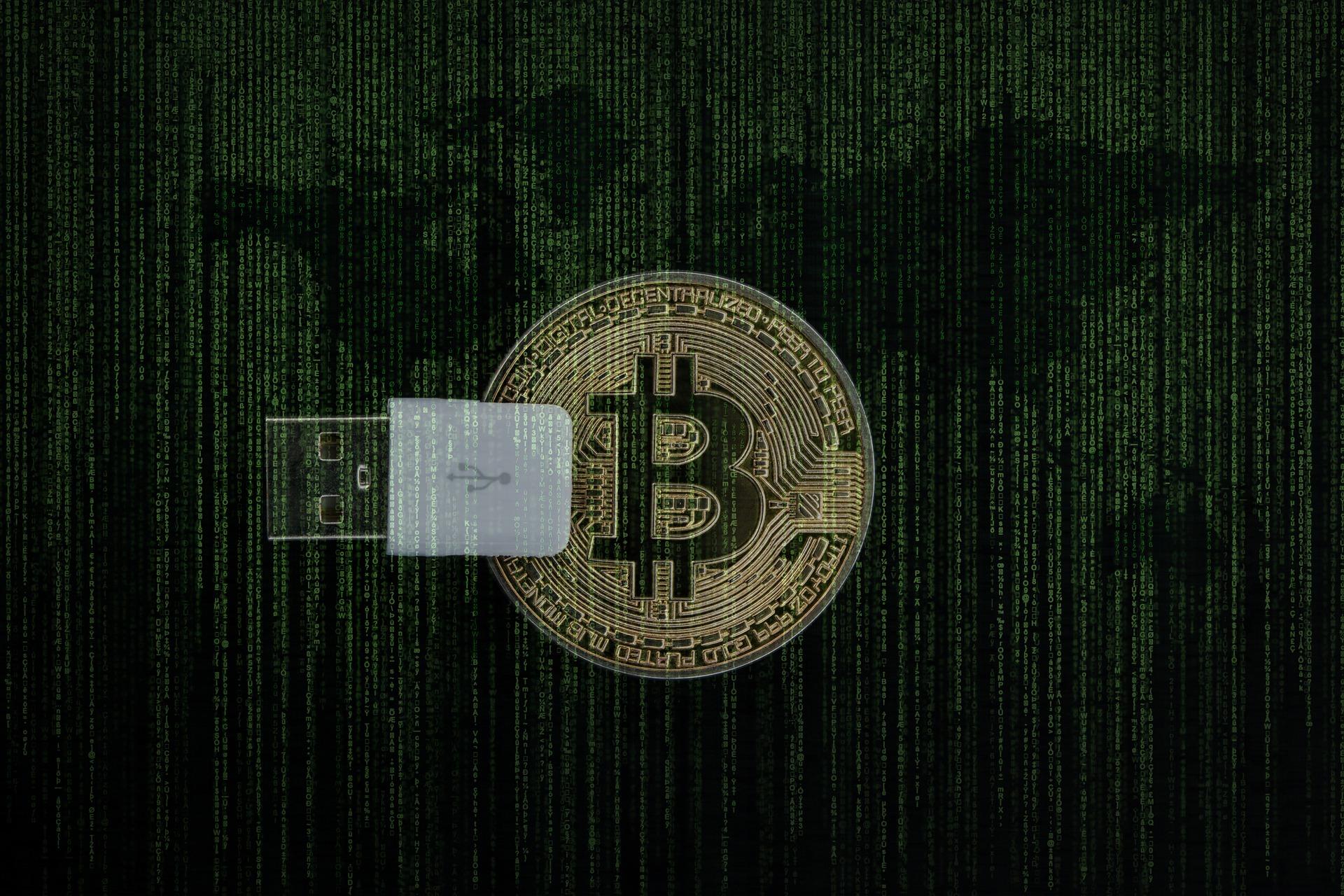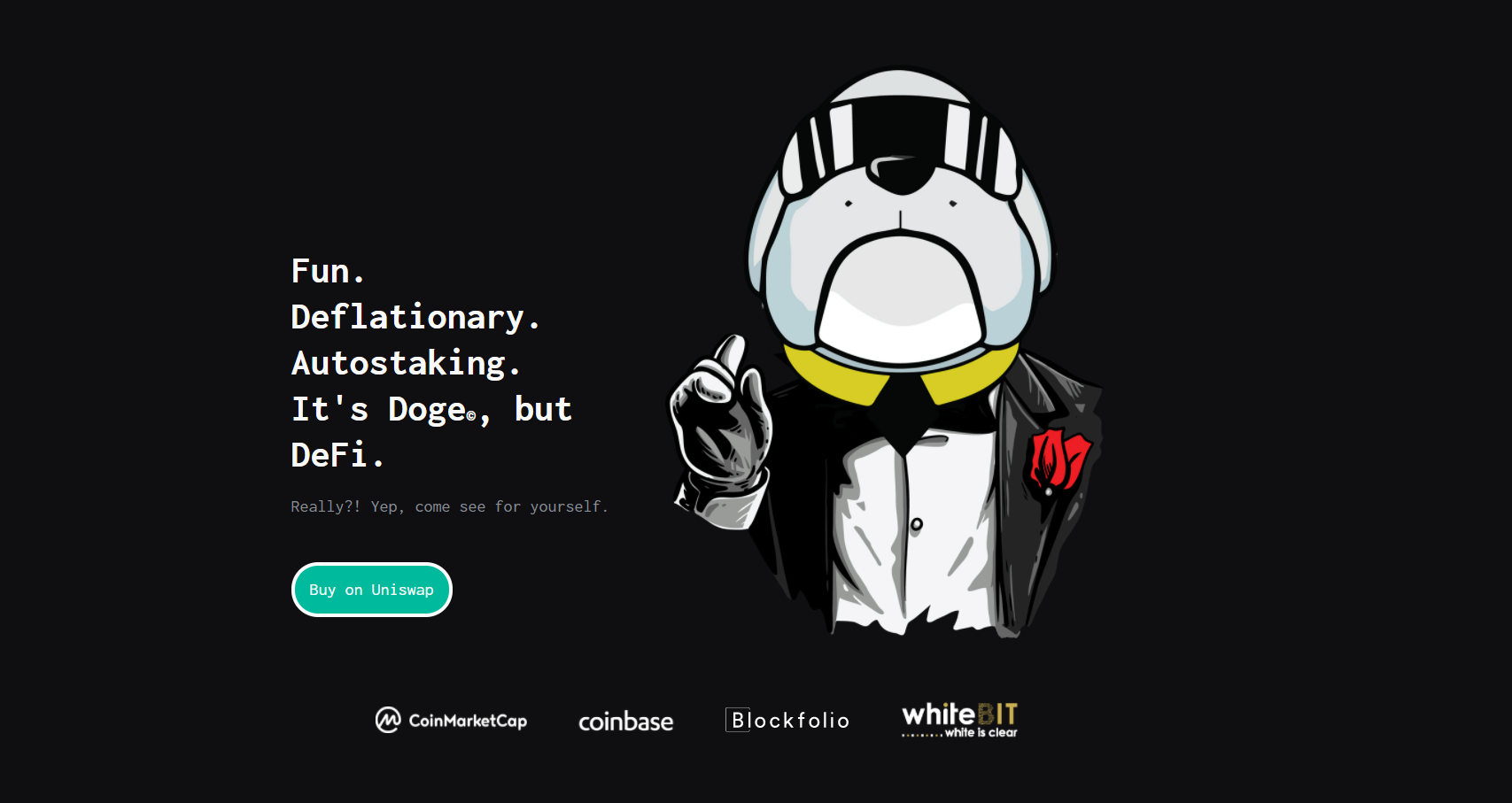Demystifying Deflationary Cryptocurrencies: Are They Worth Buying?
Deflationary tokenomic models are becoming really popular right now in the crypto world. Here's what makes deflationary cryptocurrencies stand out.
May 7 2021, Published 5:00 a.m. ET

While the underlying technology behind most cryptocurrencies is the same, tokens are designed with different economic models in mind. Also known as tokenomics, some cryptocurrencies have an increasing supply of tokens, while others have a strictly limited supply. However, there are a small group of cryptos whose total supply is designed to constantly be shrinking. These are called deflationary cryptocurrencies, and they’ve become quite popular recently.
While these deflationary cryptocurrencies are popping up all over the place, are they as good as people make them out to be? Here’s what you need to know about this new type of token.

Inflationary cryptocurrencies have potentially unlimited supplies.
Inflation happens when the purchasing power of a currency goes down, usually because a central government prints too much of said currency. However, when it comes to cryptocurrencies, there’s no such thing as a centralized government or institution that determines token supply. Most of the time, the number of tokens are predetermined beforehand by the crypto’s software and cant be changed afterwords.
Many tokens that have a limited supply. This includes the first and most common, Bitcoin, which has a maximum of 21 million tokens that can be mined. In contrast, there are cryptos like Dogecoin that have a potentially unlimited supply. These unlimited cryptos are also referred to as inflationary because they can experience inflation, at least hypothetically, over a long-enough period. Cryptocurrencies like Bitcoin cannot.
What are deflationary cryptocurrencies?
Then there are the much rarer deflationary currencies. Unlike Bitcoin, where the maximum supply stays the same, deflationary cryptos have their total token supply gradually decrease over time. This usually comes in the form of a burn rate, in which a portion of every transaction is automatically destroyed or “burned.”
Usually this is a flat burn rate. Typically, this rate can be anywhere from 2-5 percent per transaction. While that might seem like a steep fee to pay, the idea is that this will help discourage frequent day trading and keep prices stable. What’s more, it encourages crypto investors to hold for the long term.
Over time, as more tokens get burned, this reduces the total supply available. In principle, this ever-shrinking supply should lead to an increase in prices in the long run. In the short-term, however, even deflationary cryptocurrencies are still very volatile and have negative days.
Most popular deflationary cryptos
Deflationary coins have become super popular in 2021. One of the hottest deflationary coins is SafeMoon, which has an aggressive 5 percent burn rate and a 5 percent auto staking distribution. That means in addition to burning 5 percent of every transaction, another 5 percent of said SafeMoon transaction will be distributed all the other SafeMoon holders on the network.
Before SafeMoon, one of the first deflationary meme coins was Hoge coin. Although popularity seems to have faded away in recent weeks in favor of alternatives like SafeMoon, Hoge’s community remains as committed as ever.

Although deflationary tokenomics is most commonly seen among meme coins, there’s no reason this model can’t be adopted by other, more serious blockchain platforms. However, it’s not surprising that deflationary economics are so popular among speculative projects that want prices just to go up.
